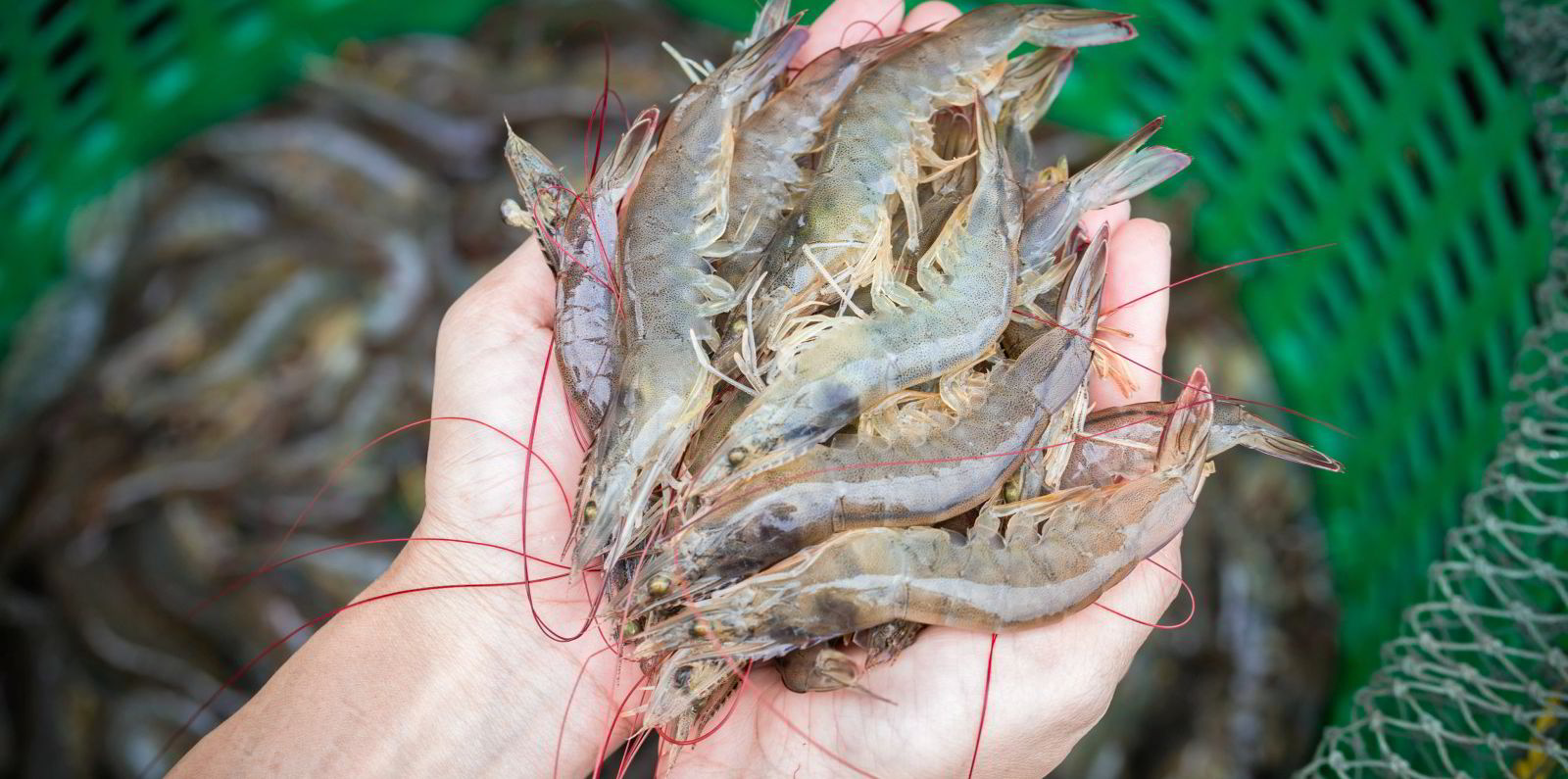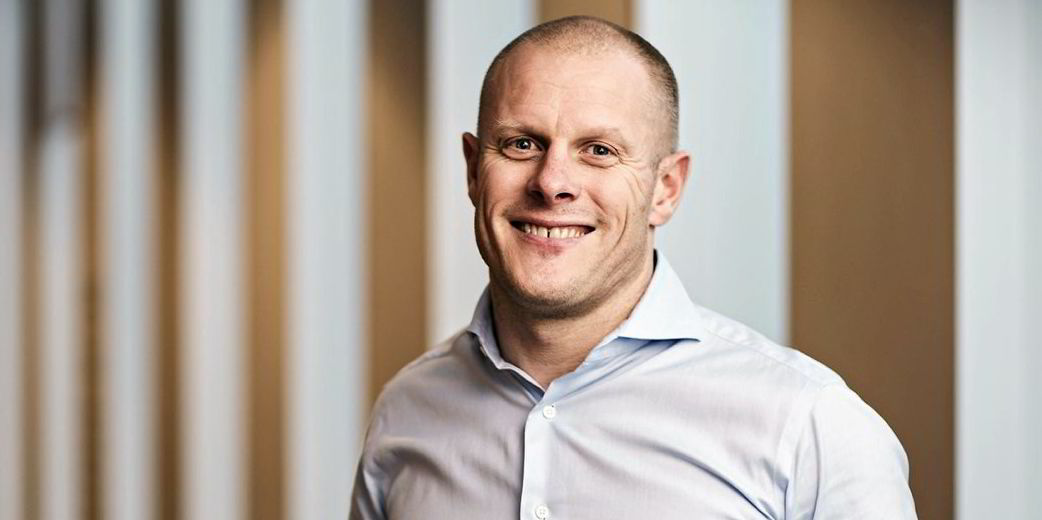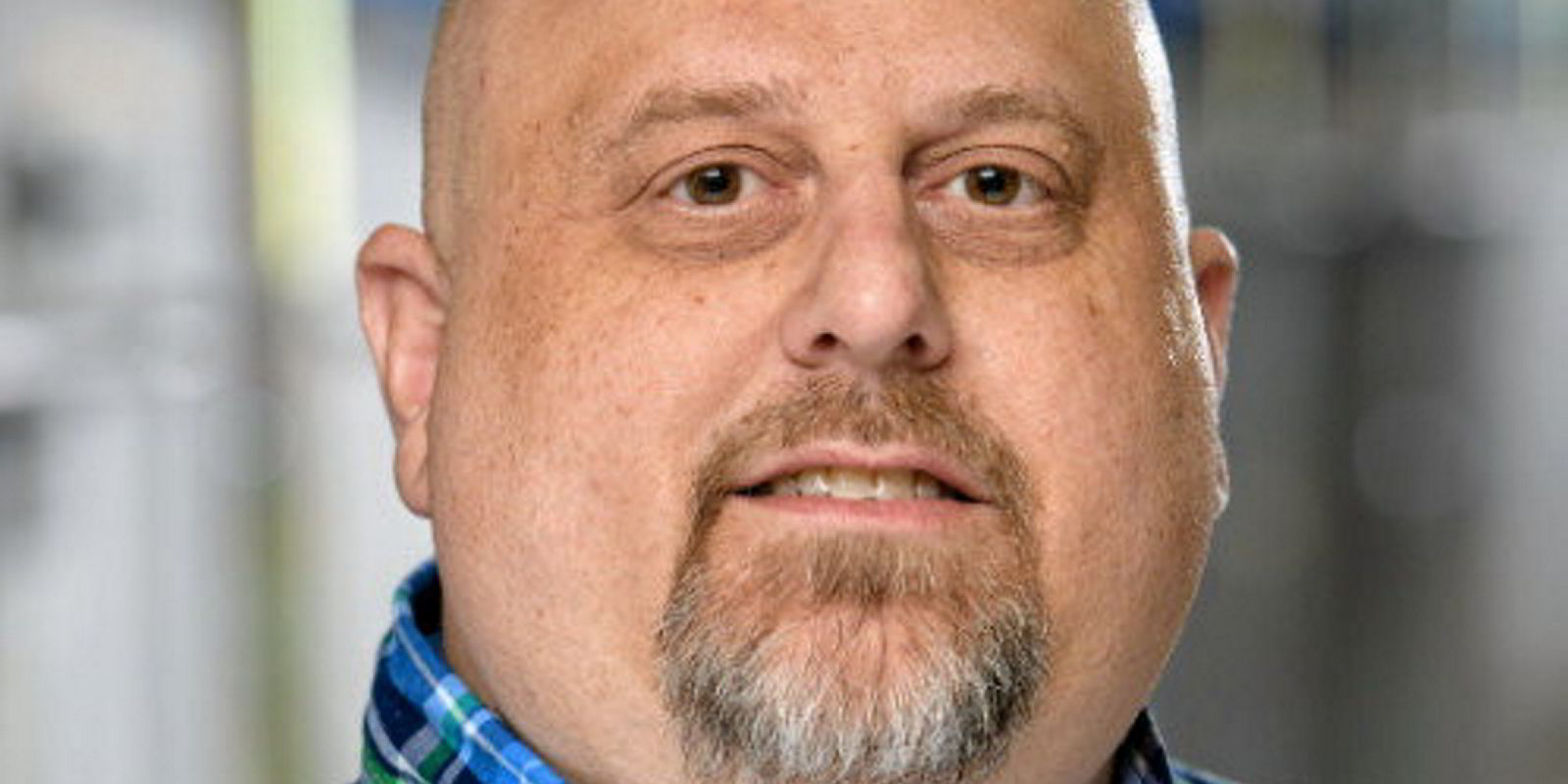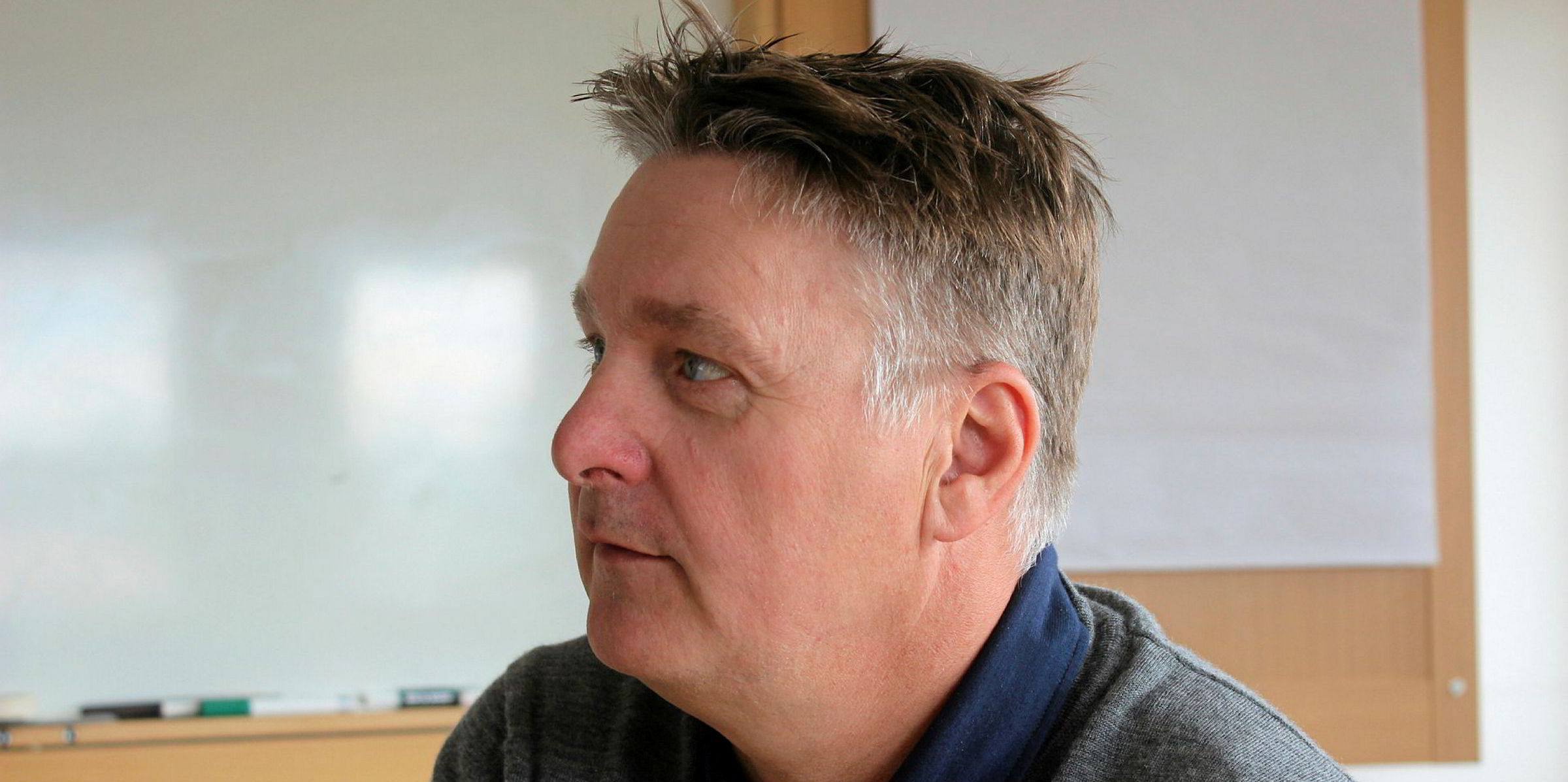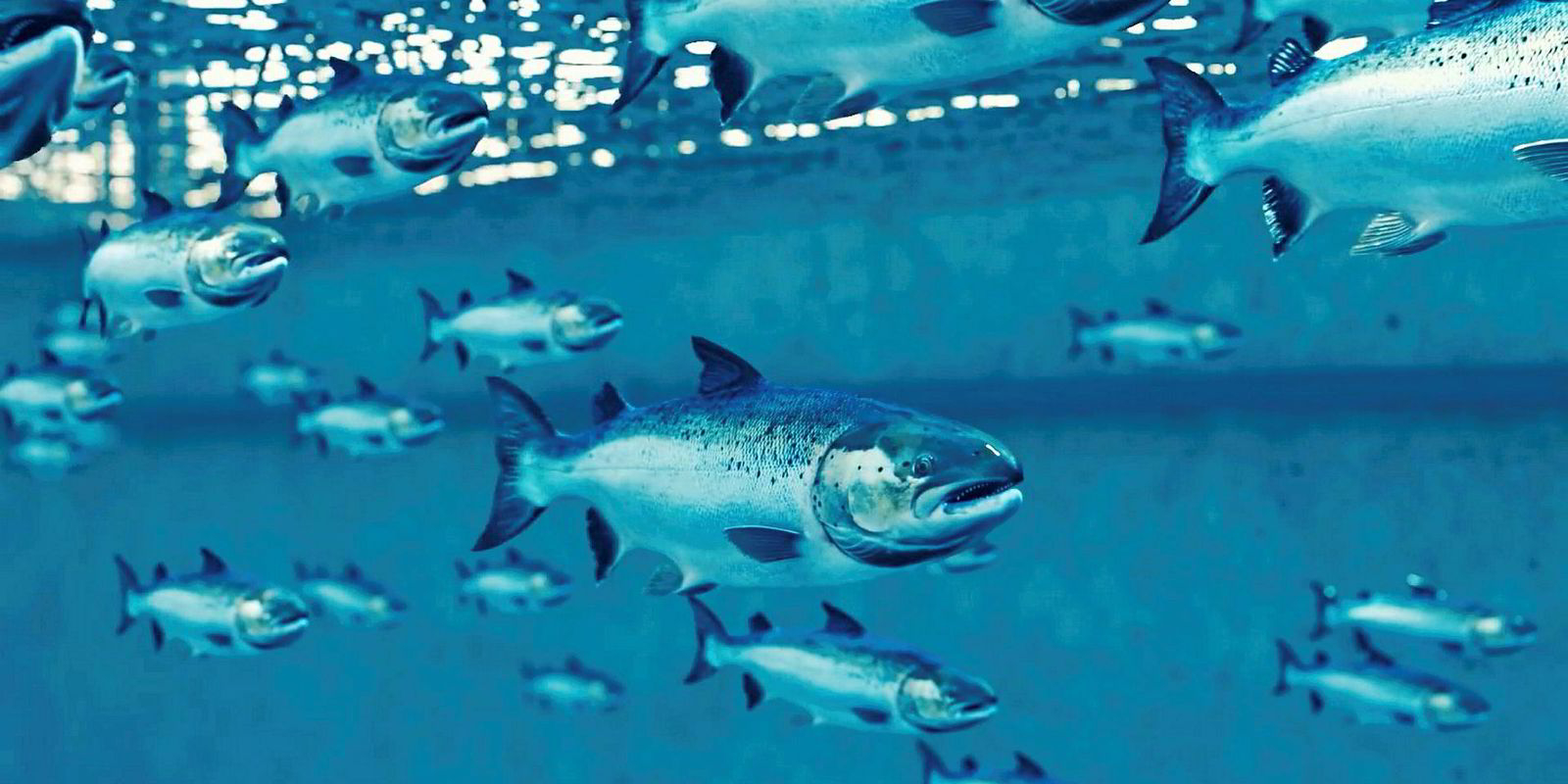The list of players with ambitious land-based projects is already long and increasing almost every week. It is fair to say that only a few of these will get the necessary funding to get started. On top of that, a large number of those who get funded will probably experience unexpected challenges, and it remains to be seen how many of them are solid enough to take it all the way.
However, it is certain that we also will see several success stories.
From the outside, land-based farming seems simple. It is relatively easy to understand how quickly a fish grows when given a specific amount of feed, and which water quality and temperature is needed. If you take those parameters for granted, it is quite straightforward – on paper – to calculate how much can be produced and at what cost.
Factor in the current outlook for the salmon price, and you have the perfect rationale for investment. And that explains why so many players have drafted plans to create operations around the globe.
The reality is different. Land-based systems are far from “plug-and-play,” and the actual figures may end up being far from the initial vision. Looking at facilities who are already in operation, you will probably see that all of them experienced initial performance quite far from expectations.
Based on my experience, none have so far produced consistently at efficiency levels used in the assumptions for most large-scale projects, either. This is in stark contrast to many of the projects that are expecting to be at, or close to, full production capacity levels already during the first full year of operation.
Even by relying on growth rates that have been “proven” on a smaller scale, it is a completely different task to get an entire batch at that level consistently.
In my opinion, those who will succeed in this industry have a humble approach to this and are basing their planning and financing accordingly.
A future of great opportunities
Although we will see challenges, and probably projects that do not make it through, I am highly enthusiastic about the opportunities that lie ahead for the industry, and for those projects who manage to take it all the way.
But this is where we are at right now:
Genetics. We are only in the initial phase of breeding fish purely targeted at land-based production. Breeding can almost exclusively be targeted towards growth characteristics and performance in a dense environment.
In my opinion, those who will succeed in this industry have a humble approach to this and are basing their planning and financing accordingly.
By not having to include traits related to disease and lice resistance (both critical issues at sea), land-based producers have the opportunity for a more growth-oriented fish.
Even the most aggressive growth assumptions in land-based projects today are well below the theoretical growth rates at the same temperature and light in conventional netpen salmon farming, so breakthroughs here could provide growth far above what we envision today.
Feed. Feed producers are putting strong efforts into developing feed customized for land-based farming. For example, it is interesting to see how Nutreco/Skretting has been directly investing in various projects, with the goal of learning more and playing a role developing its feed formulations. Better feed will have an impact on both improved water quality and fish performance, both of which will contribute to increasing facility utilization.
Monitoring, processing, big data and AI. This is the area I find the most exciting. We live in a world where technology development is at an ever-increasing pace. Compared with other industries, aquaculture has only scratched the surface.
A stable and controlled environment within land-based farming provides unprecedented opportunities for monitoring and processing of data related to fish performance, feeding and water parameters.
Applying big data and artificial intelligence provide opportunities to optimize all the elements of production in a completely different way than what is being done today. Together, all this makes me believe that over the next decade we will see considerable positive changes in land-based facilities and their efficiency from what we see today.
When we take into account that a large part of the costs in a land-based facility are relatively fixed, this will significantly reduce both operating and investment cost per kilo -- and improve competitiveness with traditional farming.
There is plenty of reason to be optimistic about land-based farming, but the road to get there will be far from a straight line. The winners will need skill, patience and a big dose of humility.
Kristoffer Jordheim is a former Partner in Pareto Securities and investment professional in Broodstock Capital. He is currently an independent advisor and investor. He has experience from working with companies that have land-based farming in operation, and also project companies.

